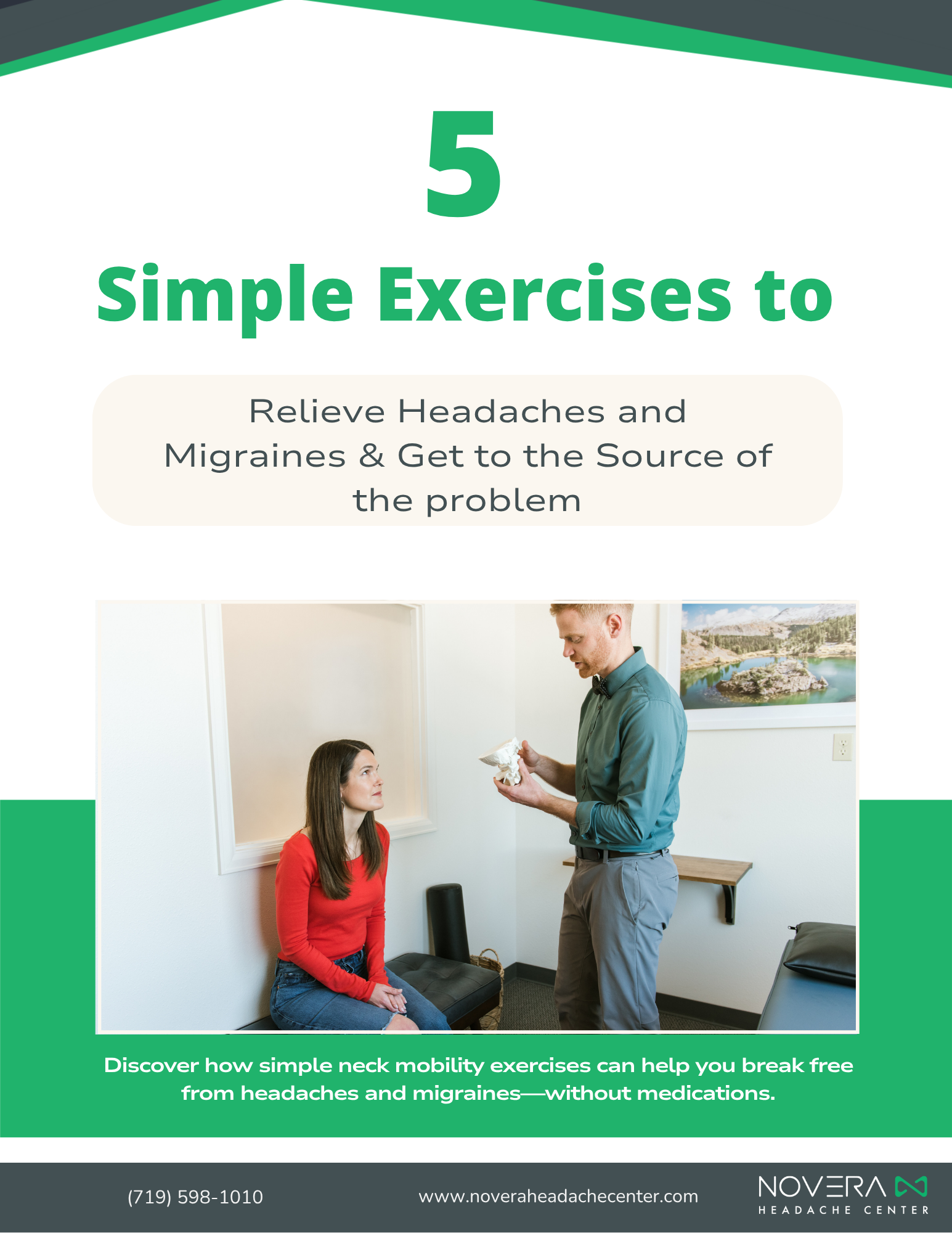
Does your jaw ache when you eat? Does it make an odd popping sound every once and a while? You’re not sure what is happening, but you do know that you would like to be pain free again. Let’s see if we can identify the problem and then find a solution for your jaw.
If you are experiencing jaw pain, you may be suffering from TMD. Temporomandibular disorder is a condition that affects your temporomandibular joint, which connects your jawbone to your skull. This joint helps your jaw move up and down and side to side.
What causes TMD?
1. Impact. If your jaw was hit by a sports ball, or maybe you ran into something, your jaw could have been knocked out of place.
2. Clenching your teeth. If you grind your teeth or clench your teeth from stress, you are putting unnecessary pressure on the joint which causes pain.
3. Arthritis. Joint inflammation causes stiffness, swelling, and pain.
Symptoms of TMD
You may be experiencing any of the following symptoms:
– Clicking or popping sound when you move your jaw
– Pain around your ears
– Discomfort when chewing
– A locked jaw, which causes trouble when opening or closing your mouth
– Tenderness around your jaw
– Earaches and headaches
– Pain in neck and shoulders
So, what is the solution?
You first want to identify where and when you feel pain. Ask yourself, do I grind my teeth? Do I subconsciously do it in my sleep or when I am awake? Do I hold a lot of tension and stress in my body, specifically around my mouth area? Come into Novera today, and Dr. Taves can examine your jaw and offer a pathway to the right solution.
What you can do right now
There are some small exercises you can start doing now, from the comfort of your own home, to help your jaw out. These exercises will keep your jaw loose, will release pent-up stress, and will reduce pain.
1. Manual jaw-opening exercise
Open and close your mouth several times to warm up your joint. Then, place your fingers on the top of your front bottom teeth. Slowly pull down until you feel slight discomfort, then hold for 30 seconds. Slowly release your jaw back to its normal position.
Start with performing this stretch 3 times and slowly work up to 12 repetitions.
2. Jaw joint stretch
Press the tip of your tongue to the roof of your mouth, directly behind your front teeth, but do not touch them. Apply a small amount of pressure and slowly open your mouth as wide as you are able, then slowly shut it again.
Don’t go past the point of discomfort. Repeat up until 10 times.
3. Smile stretch
Smile as wide as you can without any pain. While smiling, slowly open your mouth an additional 2 inches. Inhale slowly, then exhale and slowly release your smile. Repeat up to 10 times.
Don’t be in a rush to perform these exercises! The key is to do them slowly and accurately. Even if you only get through one exercise a day, it will help.




